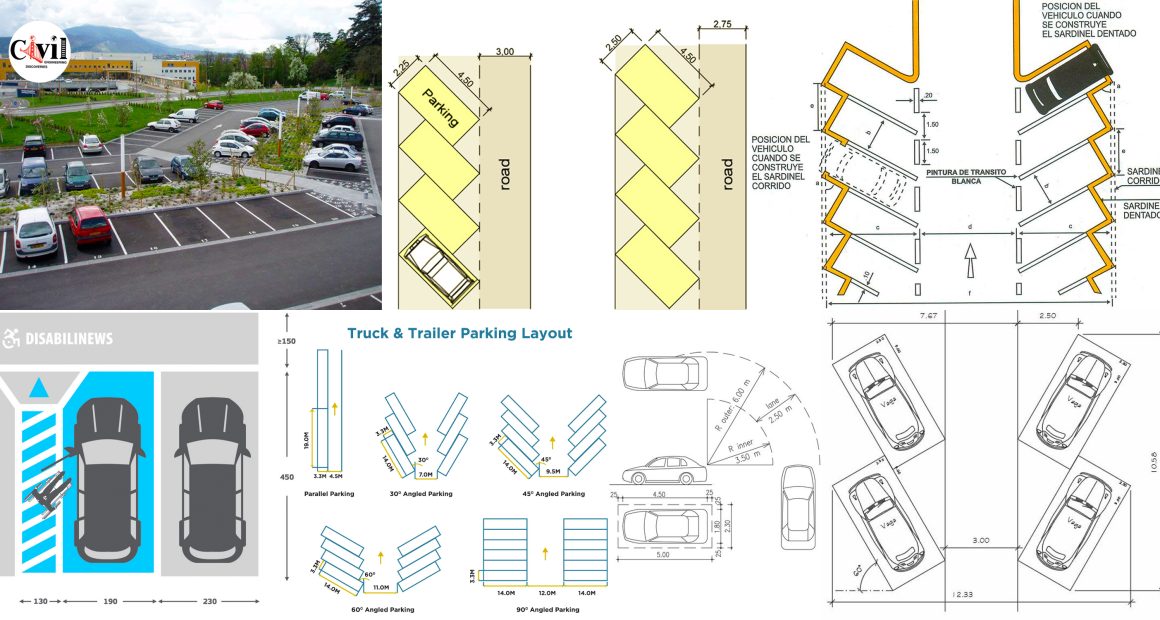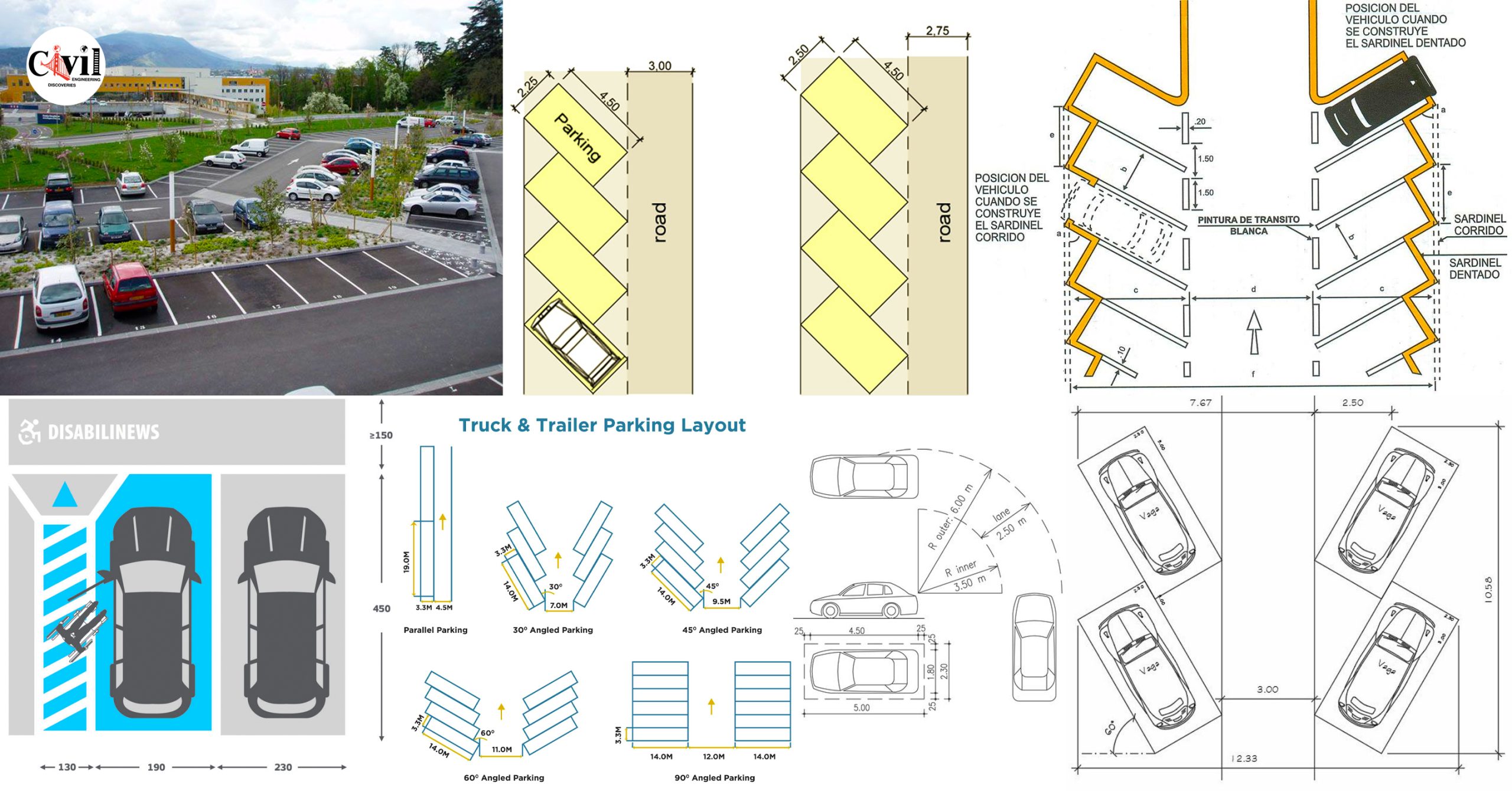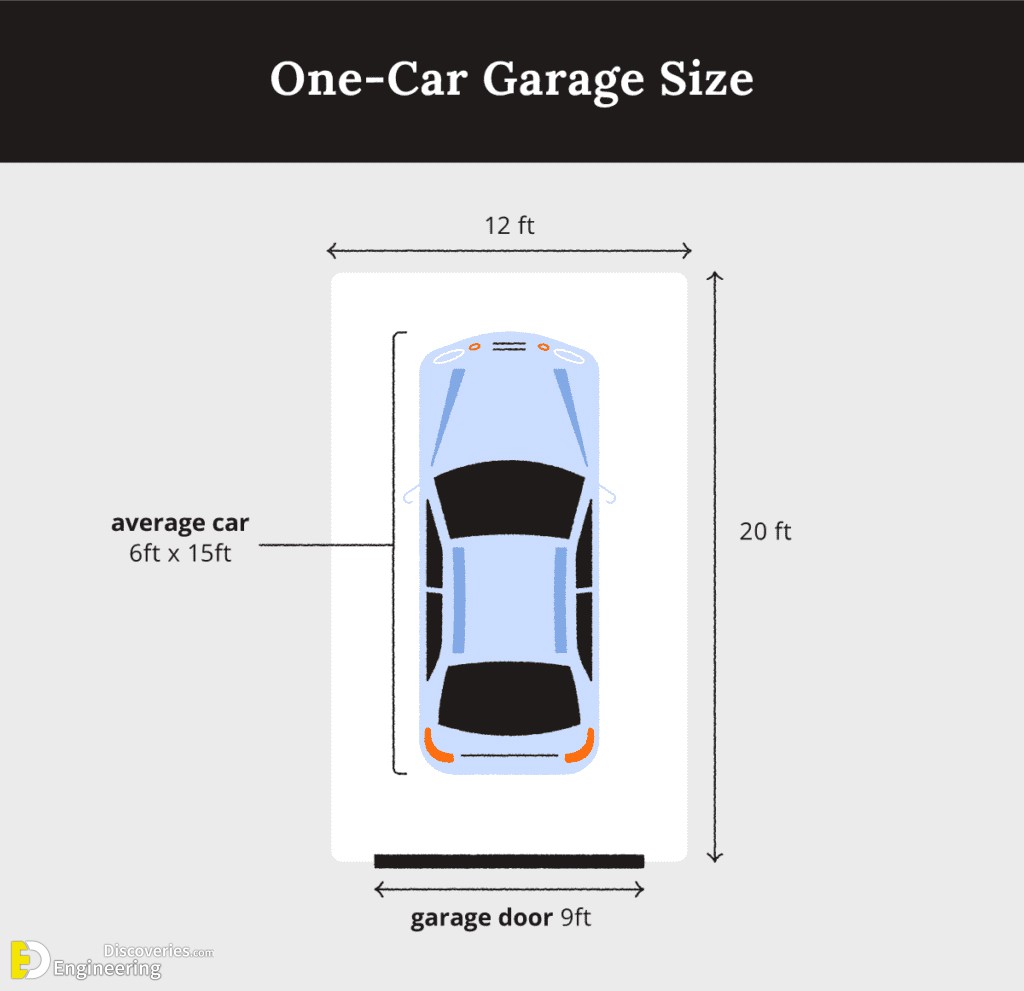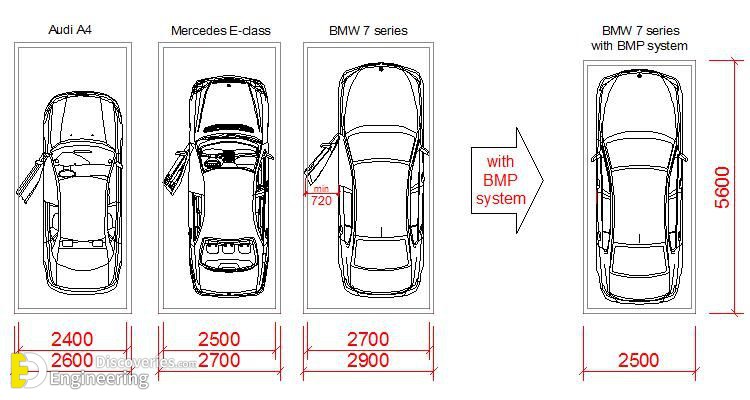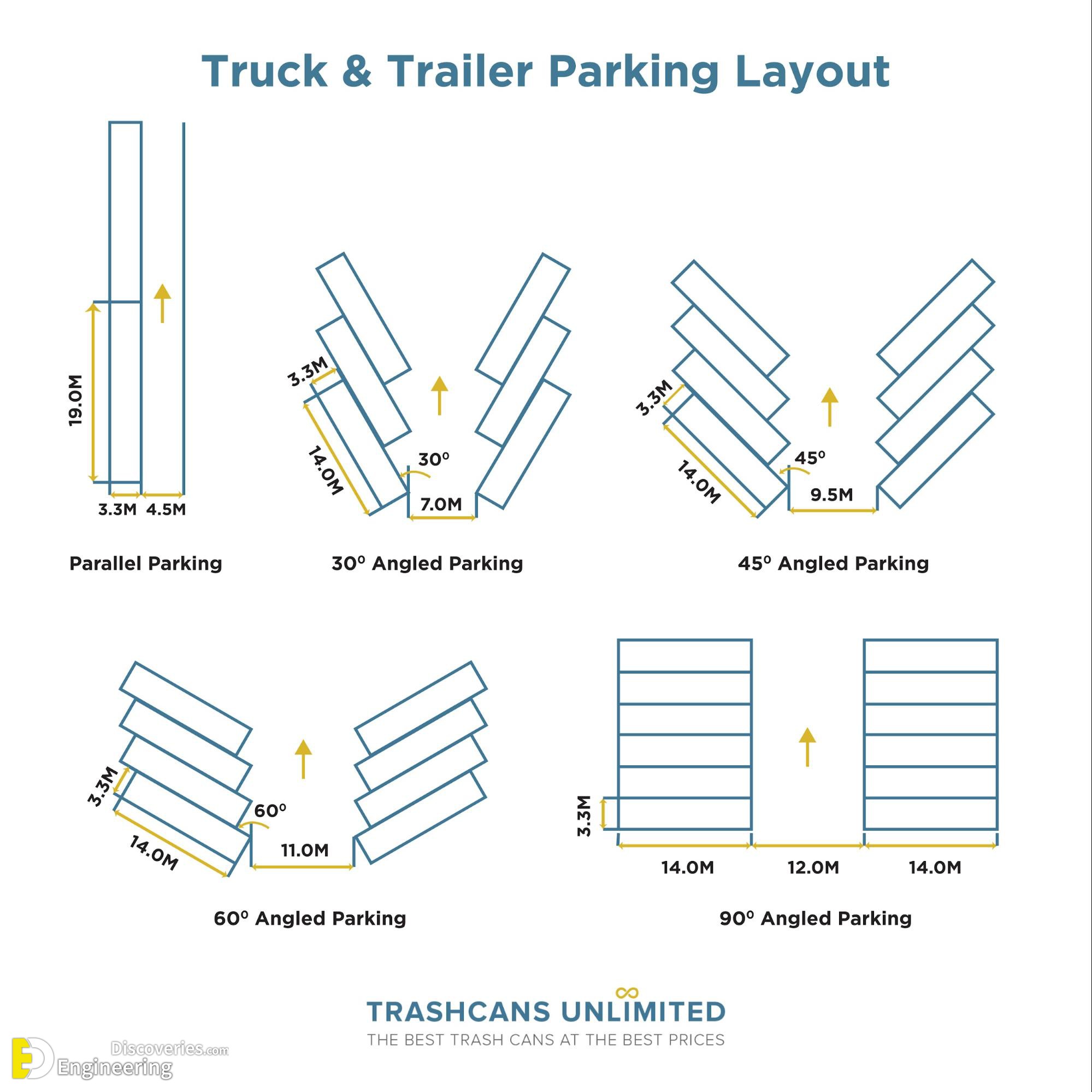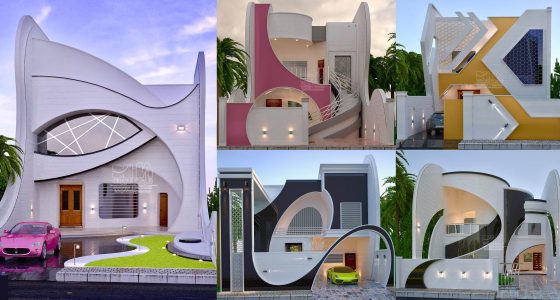A parking space is an area/place/location where we park our vehicles regularly for a specific time.
A parking space may be paved or unpaved in a parking garage or parking lot, or a busy street. Proper parking space dimensions are essential for the effective management of traffic.
In a parking space, vehicles can be parked in different ways, such as perpendicular parking, angle parking, and parallel parking.
Parking spaces are marked in such a way that each vehicle fits into the specified marked area. Parking spaces may be free or paid.
Importance of Parking
For the security of your car and the efficient control of traffic in cities, parking spots are crucial. For inhabitants and tourists to have a place to leave their cars, a city needs to have enough parking places.
Since driving a car is a common form of transportation, cities must accommodate drivers.
People are unlikely to return to your city to conduct more dining, shopping, or other forms of spending money if parking is difficult to come by or too expensive.
Additionally, there must be enough parking spaces for residents close to their homes and places of employment.
Types of Parking
There are various parking options but parallel parking, angle parking, and perpendicular parking are the three most popular parking configurations.
- Angle Parking
- Perpendicular Parking
- Parallel Parking
- Lot Parking
- Bay Parking
- Illegal Parking
- Parking Between Two Vehicles
Parking Lot Dimension
The dimensions of the car must be decided to determine the proper parking spot size. Since 1999, 85% of the cars on the road have had a width of about 6 feet 7 inches by a length of 17 to 18 feet.
The provider of parking spaces must also consider how the parking space amenities are used. For instance, a parking place for a busy retail location should have greater clearance than one for a less busy one.
Additionally, greater parking space dimensions should be planned for locations, such as hospitals, where there is a high volume of older users.
Travelers must be able to access and exit the parking space with ease, and it must have enough room to open.
In low-traffic locations, the door opening space should be 23 inches, whereas, in high-traffic facilities, it should be 27 inches. The recommended parking spot widths based on traffic are shown in the following table.
| Type of Facility | Width |
|---|---|
| Low Traffic (Students, Employees etc.) | 8 feet 6 inches |
| Moderate to high Traffic (Medical Facilities, Retail, etc.) | 9 feet |
Standard Parking Space Dimension
According to CMDA standards, the normal parking spot dimensions are 2.5 m (8’2″) wide and 5 m (16’4″) long if you’re planning to build a place for just one automobile.
Car parking spaces typically measure 16 to 18 feet long by 8 to 9 feet wide, or 160 square feet.
